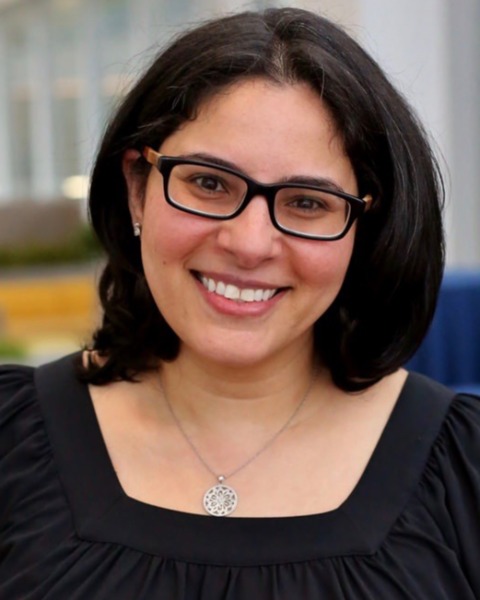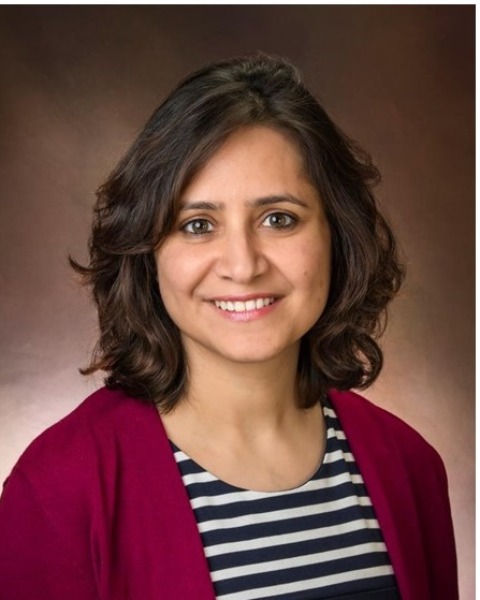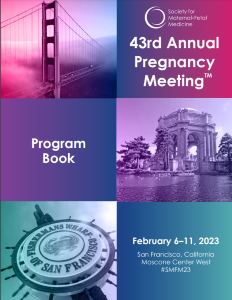Category: Genetics
Poster Session I
(305) Whole Exome Sequencing in an Enriched Population of Fetuses with Structural Anomalies
Exome Sequencing (ES) has emerged as a newer diagnostic modality with a reported detection rate of up to 20% in the prenatal setting among fetuses with multiple congenital anomalies. The objective of this study was to review the clinically-relevant detection rate among fetuses with congenital anomalies, given the number of anomalies and whether perinatal autopsy was performed.
Study Design:
A single-center retrospective chart review was conducted for all pregnancies that underwent ES over a 10 year period from May 2012 – June 2022. Imaging modalities included high-resolution ultrasound, fetal echocardiography and in some cases fetal MR. Medical record review included maternal demographics, fetal imaging, and genetic diagnoses.
Results:
231 anomalous fetuses that underwent ES were identified. Initiation of ES occurred prenatally in 32%, at termination of pregnancy in 60%, neonatally in 11%, or following fetal demise in 6%. Of the exomes performed prenatally, 32.8% ended in termination while awaiting the ES results, 65.7% continued the pregnancy to delivery, and 1% resulted in fetal demise. The overall positive rate was 37.2%. The rate was higher in cases with multiple malformations (40%) versus single anomaly (31%). The rate was higher amongst those who underwent perinatal autopsy (51.8%) compared to those who did not (33.3%), which was found to be statistically significant (p = 0.01). Of note, both groups had a similar distribution of fetuses with multiple malformations (72% in the autopsy vs 64% in the no-autopsy group) that was not statistically different. Families who had a previously affected child had a higher diagnostic rate (53%) compared to those with a single occurrence (36%).
Conclusion:
A genetic diagnosis was made in 37.2% of anomalous fetuses undergoing ES in an enriched population. The utility of ES in prenatal diagnosis will certainly continue to increase as more individuals undergo testing and the positive diagnostic rate increases. Additionally, families in this setting are often experiencing grief and may learn meaningful information from ES that may assist in their coping.

Natalie Burrill, MS (she/her/hers)
Licensed Genetic Counselor II
Children's Hospital of Philadelphia Center for Fetal Diagnosis and Treatment
Philadelphia, Pennsylvania, United States- ES
Erica M. Schindewolf, MS
Richard D. Wood Jr. Center for Fetal Diagnosis & Treatment, Children's Hospital of Philadelphia
Philadelphia, Pennsylvania, United States - LP
Lisa Pilchman, MS
Licensed Genetic Counselor II
Children's Hospital of Philadelphia Center for Fetal Diagnosis and Treatment
Philadelphia, Pennsylvania, United States - RD
Renee Dicicco, MS
Children's Hospital of Philadelphia
Philadelphia, Pennsylvania, United States 
Nahla Khalek, MD,MPH,MMedEd
Assistant Professor
Richard D. Wood Jr. Center for Fetal Diagnosis and Treatment at CHOP
Philadelphia, Pennsylvania, United States
Juliana S. Gebb, MD (she/her/hers)
Assistant Professor
Richard D. Wood Jr. Center for Fetal Diagnosis and Treatment, Children's Hospital of Philadelphia
Philadelphia, Pennsylvania, United States.jpg)
Christina Paidas Teefey, MD
Assistant Professor, Clinical Obstetrics and Gynecology in Surgery
Richard D. Wood Jr. Center for Fetal Diagnosis and Treatment, Children's Hospital of Philadelphia
Philadelphia, Pennsylvania, United States
Shelly Soni, MD
Assistant Professor
The Children's Hospital of Philadelphia
Philadelphia, Pennsylvania, United States- EO
Edward R. Oliver, MD, PhD
Assistant Professor
Richard D. Wood, Jr. Center for Fetal Diagnosis and Treatment, and Department of Radiology, Children's Hospital of Philadelphia
Philadelphia, Pennsylvania, United States - RL
Rebecca Linn, MD
Children's Hospital of Philadelphia Center for Fetal Diagnosis and Treatment
Philadelphia, Pennsylvania, United States - JM
Julie S. Moldenhauer, MD
Associate Professor, Director of Obstetrical Services
Richard D. Wood Jr. Center for Fetal Diagnosis and Treatment, Children's Hospital of Philadelphia
Philadelphia, Pennsylvania, United States

.png)
